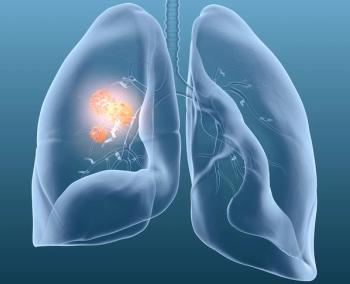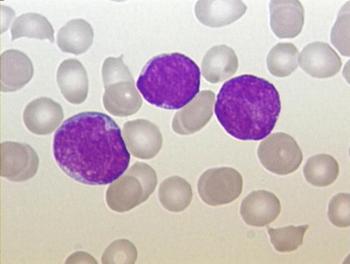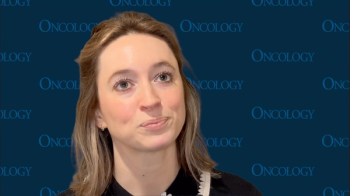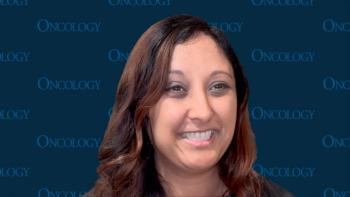
Collaboration Fosters Treatment Advancements for Young Lymphoma Populations

A leader from the adolescent and young adult lymphoma space discusses how collaboration between adult and pediatric oncologists has transformed the field.
As part of Oncology On the Go, CancerNetwork® spoke with Andrew M. Evens, DO, MBA, MSc, about developments in the treatment landscape for adolescents and young adults (AYA) with lymphoma. He highlighted collaboration between adult and pediatric oncologists that may better standardize treatment for this population.
Evens is the deputy director for clinical services at the Rutgers Cancer Institute and system director of medical oncology and oncology lead at RWJBarnabas Health Medical Group.
Of note, Evens discussed an effort to “harmonize” efforts between adult and pediatric oncologists in treating AYA patients who may receive different treatment regimens, despite being similar in age. Furthermore, he highlighted 2 prominent trials that illustrated collaborative efforts from both adult and pediatric oncologists: the phase 3 SWOG S1826 trial (NCT03907488) and the phase 3 AHOD2131 trial (NCT05675410).1,2
Regarding the SWOG trial, Evens highlighted the greater efficacy and tolerability of nivolumab (Opdivo) with doxorubicin hydrochloride (Adriamycin), vinblastine sulfate, and dacarbazine (AVD) vs the standard of care brentuximab vedotin (Adcetris) plus AVD.
“You could say it was, generally speaking, a double winner. [The nivolumab combination] was more effective at 2 years; the progression-free survival [PFS] was greater than 90%, [which was] a remarkable output. When I say a double winner, it was also largely better tolerated. There was less neuropathy, [fewer] infections, and less sepsis [vs brentuximab vedotin plus AVD]. Surprisingly, to a certain extent, [there were] not many immune-related adverse events outside of thyroid [events],” Evens said.
Furthermore, Evens discussed how collaboration between adult and pediatric oncology has impacted developments in the AYA lymphoma sphere. He placed a particular emphasis on the efforts of the Lymphoma Research Foundation, which convened multiple AYA lymphoma symposiums and established an AYA consortium. He then outlined unmet needs for this patient population, which included mitigating late toxicities following treatment and addressing inconsistencies in guidelines for lymphoma treatment in the AYA group.
Evens then discussed mitigating disparities and addressing barriers to care, underscoring a need to navigate the complexities of treatment for a patient population with a myriad of stressors. He concluded by highlighting resources available to AYA lymphoma groups, which include educational, medical, and psychosocial resources to best educate patients and express to them that they are not alone.
“At the end of the day, be an advocate. Be an advocate for yourself. Be an advocate for others and know that there are [many] resources and people out there to help. We want to make sure nobody has to go through this alone, and that they have the medical and other psychosocial resources available to them,” Evens concluded.
References
- Herrera AF, LeBlanc M, Castellino SM, et al. Nivolumab+AVD in advanced-stage classic Hodgkin’s lymphoma. N Engl J Med. 2024;391(15):1379-1389. doi:10.1056/NEJMoa2405888
- Henderson TO, Hu B, Keller F, et al. AHOD2131: A randomized phase 3 response-adapted trial comparing standard therapy with immuno-oncology therapy for children and adults with newly diagnosed stage I and II classic Hodgkin lymphoma. Blood. 2023;142(suppl 1):3084. doi:10.1182/blood-2023-189652
Newsletter
Stay up to date on recent advances in the multidisciplinary approach to cancer.

















































































